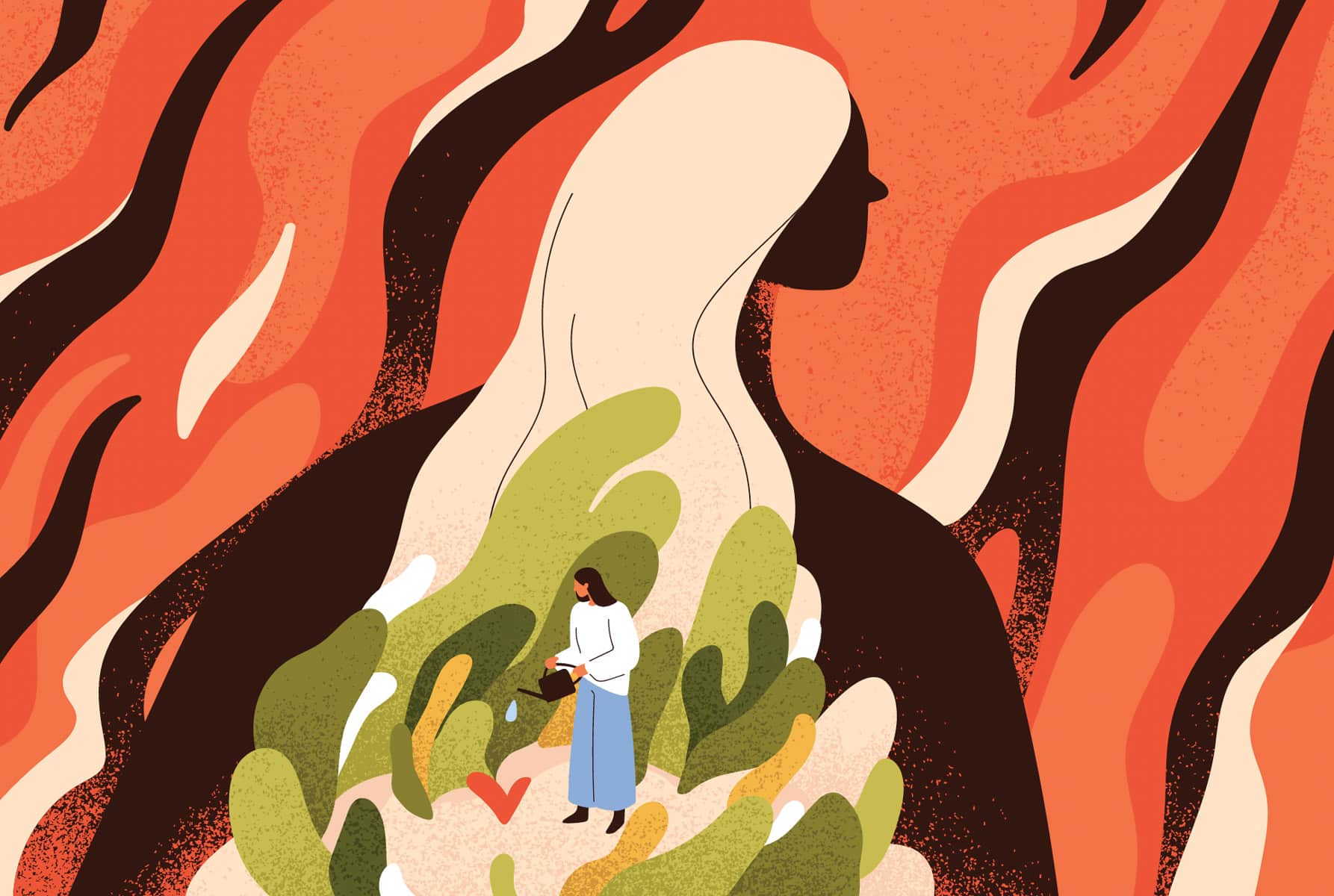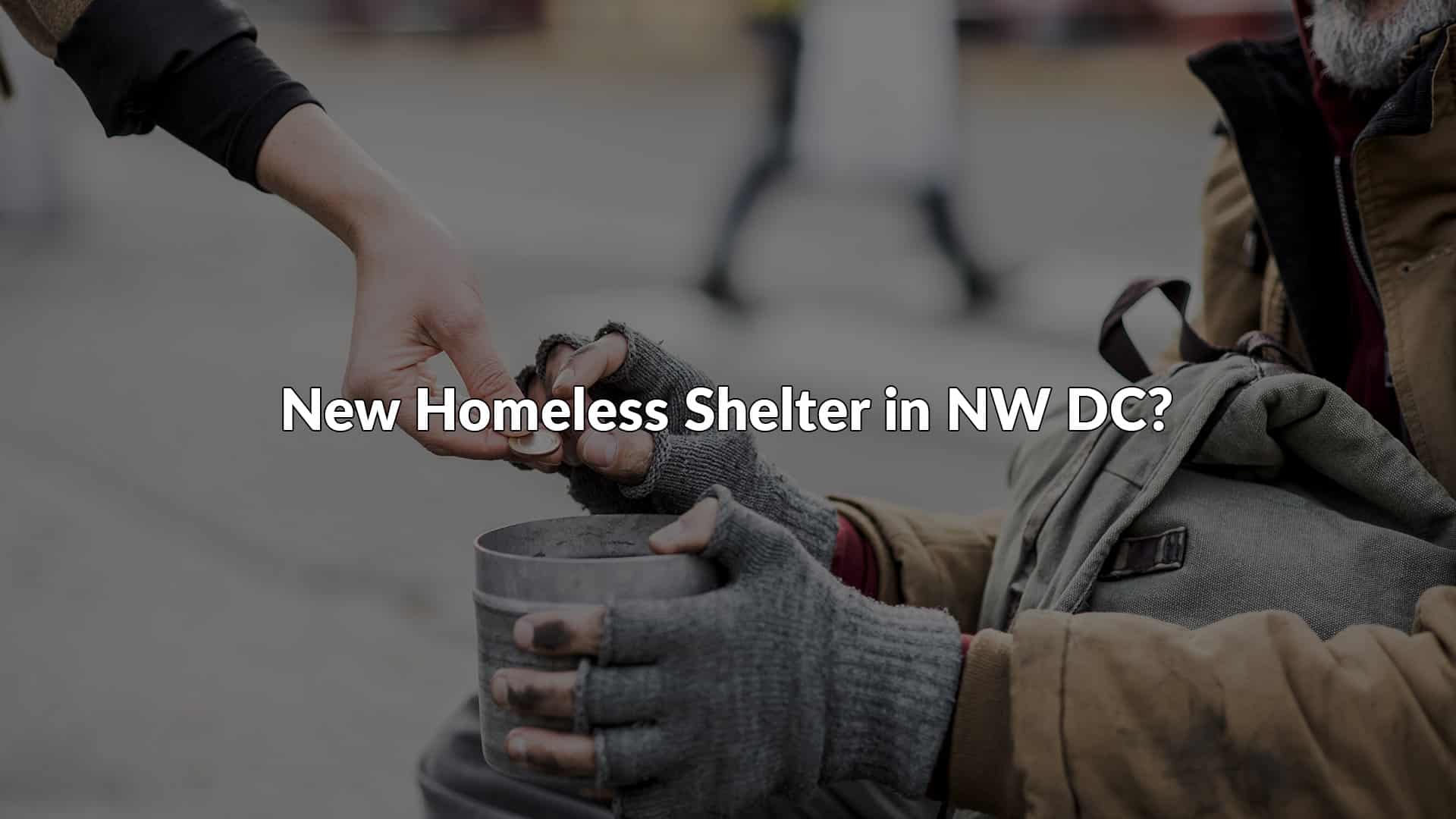Intersectionality can be appropriately put as “the interconnected nature of social categorizations,” such as race, class, gender, sexual orientation, disability, and age, that create “overlapping and interdependent systems of discrimination or disadvantage.”[1] It is the acknowledgement that we must consider all systems of oppression that can cause violence to people. In the context of sex trafficking victims, we may most often hear about the prevalence of assault, or inhumane or degrading treatment against women victims. Nevertheless, overlooked are critical identity markers, such as disability, class, race and sexual orientation, and how that interrelates to their trafficking experiences. An intersectional focus thus leads us to understand that systemic practices of violence depend on various forms of oppression in order to uphold each other. As Audre Lord said, “there is no such thing as a single-issue struggle because we do not live single-issue lives.”
Class has a significant role in shaping the lives of survivors of sex trafficking. Survivors are more likely to experience housing discrimination and unemployment. They are less likely to depend on the support of relatives for essential needs such as temporary shelter. Victims who are more socially or economically privileged are more likely to be capable of compiling the resources needed to sustain themselves. This relates to the fact that victims can often be working class, displaced, and experience unhealthy social exposures, acculturative stress, and discrimination, that can often cause burnout, isolation, and even trauma.
Another noteworthy dynamic is the intersection of race, class and gender. In Louisiana, Black girls represent 49% of child sex trafficking victims, even though they comprise only 19% of Louisiana’s population of youth.[2] When analyzing race and class together, we see practices such as “redlining,” which prevented Black families out of white-majority neighborhoods that could have increased the value of their properties, increased generational wealth and averted them from economic segregation.[3] In addition, jobs that have a traceable history to slavery such as domestic work and are more likely than not to be performed by people of color have been knowingly left out of national labor safeguards.[4]These facts, while highlighting the marginalization of racial groups, also point out the relevance of intersectionality.
Implicit attitudes and stereotypes cannot be left out of the discussion. Myths that regard Black women and girls as hypersexual contribute to the sex trafficking of Black women. As a result, the survival experiences of Black women become reduced to intuitions that are based on stereotypes associated with their race.
The child and welfare system is a considerable contributor to the vulnerability of black people to sex trafficking. In the foster care system, Black youth are sexually abused twice as much as White youth.[5] Additionally, 92% of incarcerated juveniles marked as victims of sex trafficking were Black.[6] Among those, 62% were from the child care system.[7] Another example that highlights the intersection of race and the child care system is the forcible removal of Native children from their families and tribes into “boarding schools” which had the purpose of forcing Native children into assimilation and not associating with their Native identity. Such practices have led to a disproportionate number of Native children in the childcare system and as a result leading to higher vulnerability to trafficking.[8]
Women, the LGBTQ+ and other individuals isolated because of gender-based circumstances have to navigate challenging gendered expectations. These expectations can originate from their own communities. The implicit attitudes of the public as a result of these expectations, coupled with stereotypes and systemic sexism and homophobia can lead them more at risk of gender-based exploitation and sex trafficking.
A conversation on gender-based exploitation cannot exclude intersectionality. Intervention strategies based solely on the experiences of women that do not consider class, race, or disability circumstances will be of limited assistance because of the way those different identities encounter obstacles. For example, counselors who provide rape crisis services to women of color report that a significant proportion of the resources allocated need to be expended on addressing issues other than the rape itself.[9] The uniform standards put in place a direct obstacle to the needs of nonwhite, non-middle class or traumatized survivors.
Noteworthy to mention is the problematic encounters victims of sex trafficking experience with law enforcement. When encountered with law enforcement, personnel might regard Black victims of sex trafficking as criminals or less of a victim than White counterparts, thus leading to racial disparity in protecting survivors, preventing sex trafficking and decriminalizing victims. This racial disparity can also have an impact on who and who not reports sexual abuse and who seeks assistance, as well as who does and does not face additional burdens post-sex trafficking in leading sustainable lives due to these encounters, such as facing criminal records, or trauma caused by law enforcement encounters.
Men, too, can be victims of sex trafficking. Male victims face the social barrier of toxic masculinity, which perpetuates the belief that males are always perpetrators, and that males cannot display emotions or exercise vulnerability. Such attitudes discourage male victims from coming forward in reporting or even mentioning their exploitation.[10]Programs aimed at anti-trafficking have been reported to not take into account men as victims within their at-risk populations. Due to the stigmatization, male victims are widely believed to be underrepresented in statistics relating to trafficking.[11]
There is an increased vulnerability for members of the LGBTQ+ population. Those who identify as such face the risk of being turned away from their families and as a result having no social support network. LGBTQ+ youth are at a higher risk of homelessness, thereby also becoming vulnerable.[12] LGBTQ+ victims sometimes worry about disclosing their exploitation or abuse for fear of being seen or assumed to be gay.[13] No doubt stereotypes play a role too, as LGBTQ+ victims are prone to having their sexuality blamed for the exploitation.
Persons with disabilities are another group prone to vulnerability to trafficking. This community of individuals, for example, may require caregivers, who can take advantage of this dependency and take it as a vulnerability. In turn, people with disabilities may normalize an unequal power balance and not differentiate between what is outside of acceptable caretaker boundaries.[14] Additionally, people with disabilities can often face isolation and social exclusion, therefore making them in need of friendships and relationships.[15] In relation to that, people posing as friends or romantic partners may cause the person with needs to be manipulated or have her/his/their emotions played with. This can convince them to be trafficked. One such method is by playing on fear their parents have instilled in them that made them feel that they couldn’t find a job, support themselves, or lead sustainable and balanced lives for themselves.
Persons with disabilities are at risk of exploitation because of structural marginalization. They may be unsure of what constitutes unwanted touching or what their rights to bodily dignity are due to desensitization arising from medical procedures related to their disability or social isolation.[16] Because people with disabilities are systemically targeted by systemic discrimination, social exclusion and prejudice that they face, when coming forward or reporting sexual abuse or trafficking, their family, acquaintances and even authorities may not believe them or will discredit their stories. This is especially true for victims with mental health needs, with mental health diagnoses or those prescribed medications. Alarmingly, the National Human Trafficking Hotline has reported that traffickers went to drug rehabilitation centers and behavioral and mental health centers. Vocational centers, too, have been reported to have had recruiters.
Important to note, disabilities may arise as a result of or after the trafficking experience. This is particularly true when survivors experience PTSD or trauma due to the horrific experiences they underwent.[17] Efforts to shed light on the experiences of women survivors has been made to politicize their experiences as though they are free of disability-based violence such as the infliction of mental trauma. Such negligence is part of the larger issue that comes from a lack of institutional support and resources.
Community support and empowerment, resources and mobilization, crucial for safety and recovery, are often lacking. Victims and survivors are constantly navigating racialized, gendered, ableist and classist structures and policies that offer many burdens, duties and expectations, all-while offering little support, affirmation or visibility, this has harmful implications as a systemic-wide practice, and speaks of the need for members of the community to act up.
While critics of intersectionality claim that highlighting how identity relates to oppression reinforces the categorization of people, these arguments fail to recognize a crucial point. Categorizations based on identity already exist and force people to live under them, and mere ignorance of such problems can be a disservice to many who already or may in the future find affirming parts of their identity to be a source of strength and agency. Identity continues to be a source of resistance for members of different marginalized groups.[18] It also provides an incentive to rearticulate oppressed identity markers in an empowering context rather than as a marker of self-hate.
For many, recognizing the intersection of different identity parts is a source of strength and community empowerment. Freedom for all is best and most justly achieved by following the lead of the people most impacted by intersecting systems of structural oppression. Intersectionality means that we can actively criticize dominant, militarized, and oppressive structures in order to strengthen, empower, and unify people.
[2] Racial Disparities, COVID-19, & Human Trafficking, Polaris Project (July 29, 2020) https://polarisproject.org/blog/2020/07/racial-disparities-covid-19-and-human-trafficking/.
[3] See Id.
[4] Id.
[5] Samantha Davey, Black Women & Girls: Sex Trafficking in the U.S., Congressional Black Caucus Foundation (May 2020), https://www.cbcfinc.org/wp-content/uploads/2020/05/SexTraffickingReport3.pdf.
[6] Id.
[7] Id.
[8] Acknowledging Historical and Ongoing Harm: The Connections Between Systemic Racism & Human Trafficking, Office to Monitor & Combat Trafficking in Persons (July 1, 2021), https://www.state.gov/acknowledging-historical-and-ongoing-harm-the-connections-between-systemic-racism-and-human-trafficking/.
[9] Kimberle Crenshaw, Mapping the Margins: Intersectionality, Identity Politics, and Violence against Women of Color, 43(6) Stanford Law Review 1241, 1250.
[10] See Emma Bykerk, The Silenced Minority: Sex Trafficking of Males, Human Trafficking Institute (Feb. 11, 2022), https://traffickinginstitute.org/the-silenced-minority/.
[11] Id.
[12] Id.
[13] Id.
[14] See Individuals with Disabilities May Face Increased Risk of Human Trafficking, Polaris Project (Aug. 15, 2018), https://polarisproject.org/blog/2018/08/individuals-with-disabilities-may-face-increased-risk-of-human-trafficking/.
[15] See Id.
[16] Id.
[17] Id.
[18] See Crenshaw, supra n. 9, at 1242.



